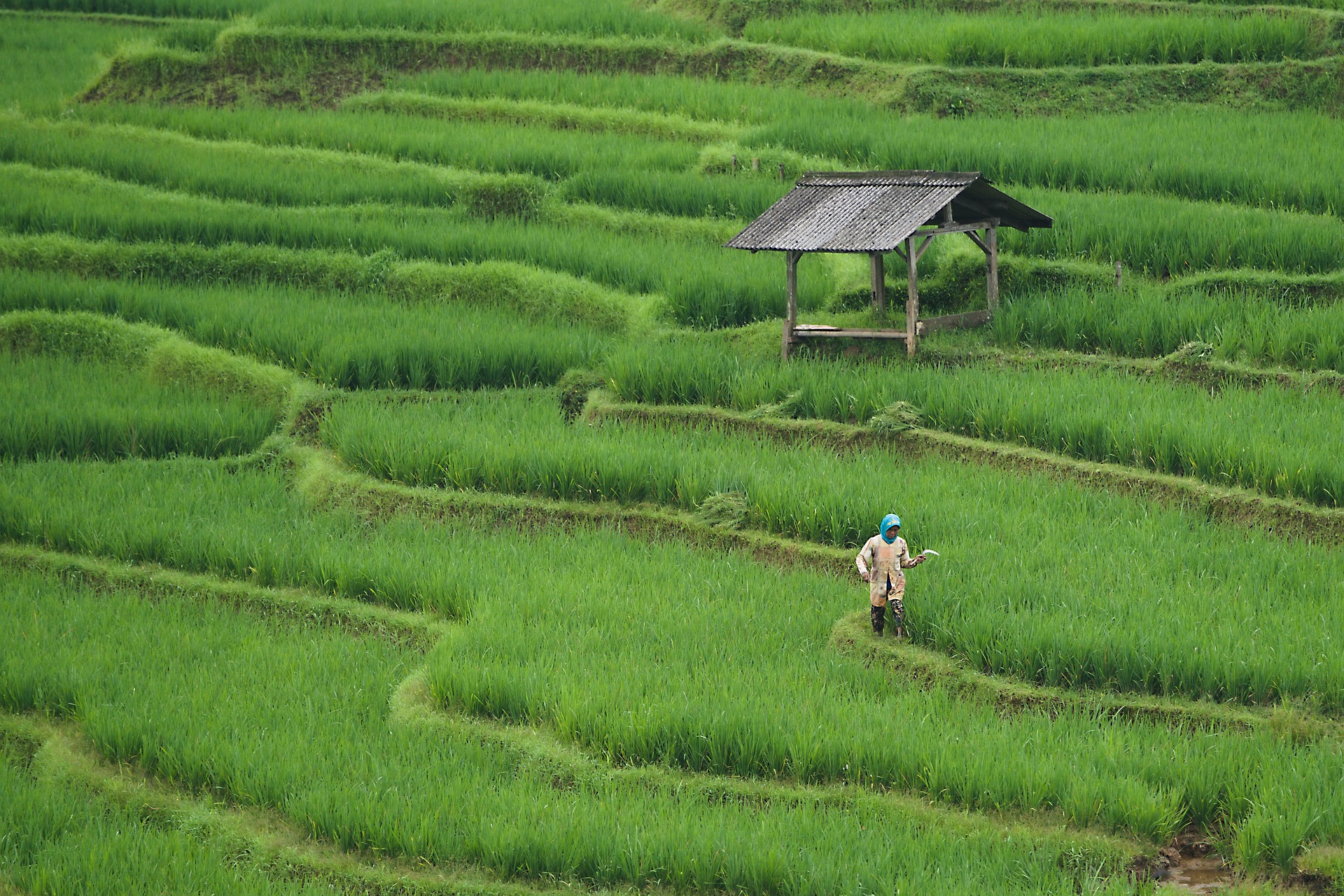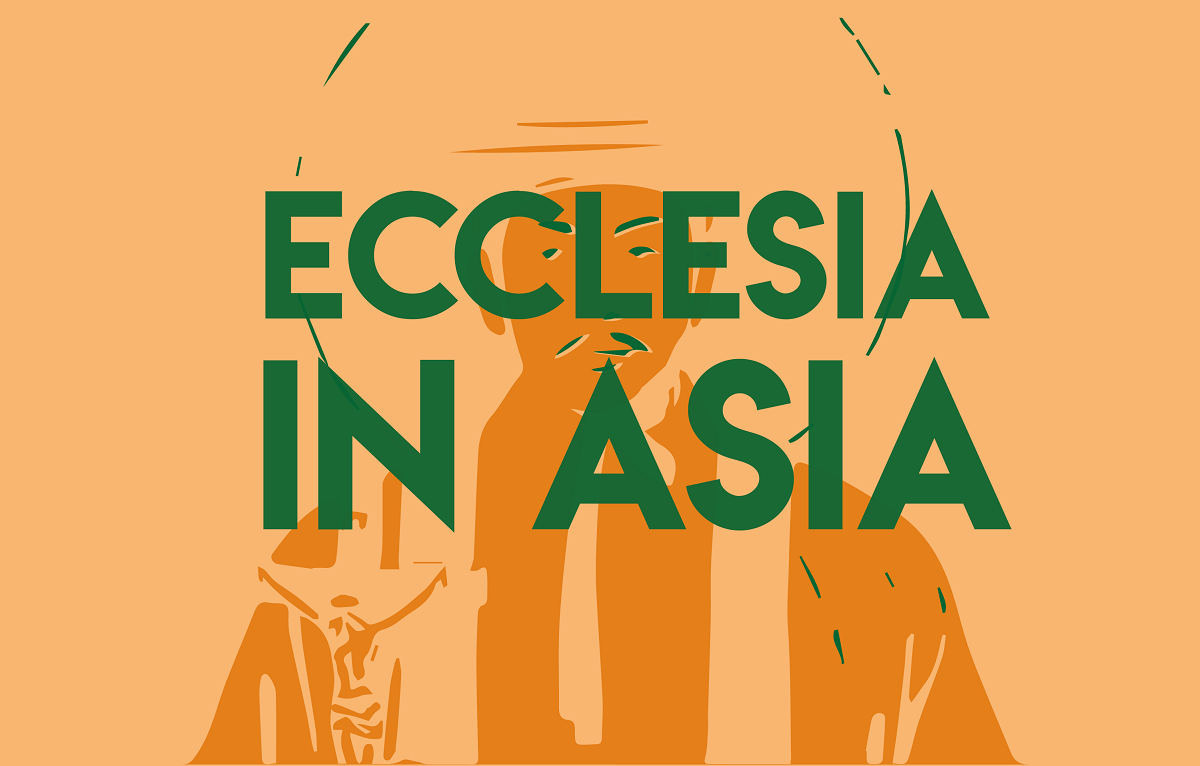Rice fields and greenhouse gases: a plan to reduce emissions in Asia-Pacific
The Asian Development Bank is investing US$ 1.5 billion to promote more efficient farming that increases productivity while reducing the environmental impact of growing the main staple in the Asian diet. Rice farming alone generates 1.5 per cent of greenhouse gases. New irrigation systems and the use of drones are among the tools to cut the amount of methane released into the atmosphere.
Milan (AsiaNews/Agencies) – The Asian Development Bank (ADB), in collaboration with CGIAR[*] and with the support of the Gates Foundation (the private American foundation founded by Bill Gates and Melinda French Gates) launched a project yesterday to boost investments in sustainable rice production.
The initiative includes an initial allocation of US$ 1.5 billion to the Asia-Pacific region, shared between Bangladesh, Cambodia, China, Pakistan and the Philippines. The plan is part of a broader plan, announced in May, to mobilise US$ 40 billion by 2030.
The goal is to make the rice sector more resilient to climate shocks, thanks to more efficient cultivation methods that increase productivity while reducing environmental footprint.
Rice, a staple in the Asian diet, is now at the centre of a heated debate in many parts of the region.
In the Philippines, the government has declared a state of "food security emergency" to deal with soaring prices, while in Indonesia, more and more land is being allocated to rice.
In Japan, the authorities are grappling with a major crisis that has had serious political repercussions. The drastic drop in harvest yields is one of the main causes of the emergency in the wake of excessively high temperatures recorded in the summer of 2023.
Rice is one of the crops most susceptible to climate change, but, at the same time, it contributes to greenhouse gas emissions, a crucial paradox in today's crisis. In fact, rice paddies release huge amounts of methane into the atmosphere because rice is grown in flooded fields.
Stagnant water blocks oxygen, creating an anaerobic environment, and methanogenic microorganisms operate precisely in oxygen-free environments, turning organic matter into methane (a greenhouse gas 25 times more powerful than carbon dioxide).
According to a 2023 FAO report, rice paddies contribute 8 per cent of all human-generated methane emissions; not only that, fertilisers, especially nitrogenous ones, contributes to emissions through the production of nitrous oxide, a gas 300 times more powerful than carbon dioxide.
Adding all these factors together, rice production alone is responsible for 1.5 per cent of global greenhouse gas emissions, according to estimates by the International Rice Research Institute (IRRI).
Rice also takes up 40 per cent of the world’s freshwater for irrigation; thus, the growing water scarcity, partly due to climate change, is making traditional farming methods unsustainable.
Given that rice is a crucial source of nutrition for at least 3.5 billion people, its cultivation has a significant impact on the planet and the climate.
In recent years, new technologies have emerged that make rice production more resilient and sustainable. Some involve the creation of new, more nutritious, genetically modified grains.
In 2021, the Philippines became the first to approve the provitamin A-rich Golden Rice, but the most significant innovations are in farming methods.
The IRRI introduced a new method, the Alternate Wetting and Drying (AWD) water management technique. This irrigation method alternates periods of drying to avoid keeping the soil always submerged. When the rice reaches a certain height, the water is drained and the soil is left to dry.
Since rice fields are not always submerged, they produce less methane and require less water. However, the yield is reduced and the process requires greater effort.
The IRRI has also promoted the large-scale use of drones in fertilisation which, in addition to making up for manpower shortage in the sector, can ensure the optimal dosage of fertiliser by counteracting the excessive release of nitrogen gases, pesticides and seeds.
Since it is a very expensive technology, the proposal was launched together with the Drones4Rice project, to facilitate access to drones even for small farmers.
However, changing the way rice is grown is not easy since it means intervening with consolidated traditions and requires expensive investments.
Yet, as World Bank President Ajay Banga already pointed out in 2023 at the Dubai Climate Conference, despite methane being a much more powerful greenhouse gas than carbon dioxide in contributing to global warming, it receives only 2 per cent of climate funding.
For this reason, initiatives such as that of the Asian Development Bank are now viewed with great interest.
[*] Formerly known as the Consultative Group on International Agricultural Research.







.png)










